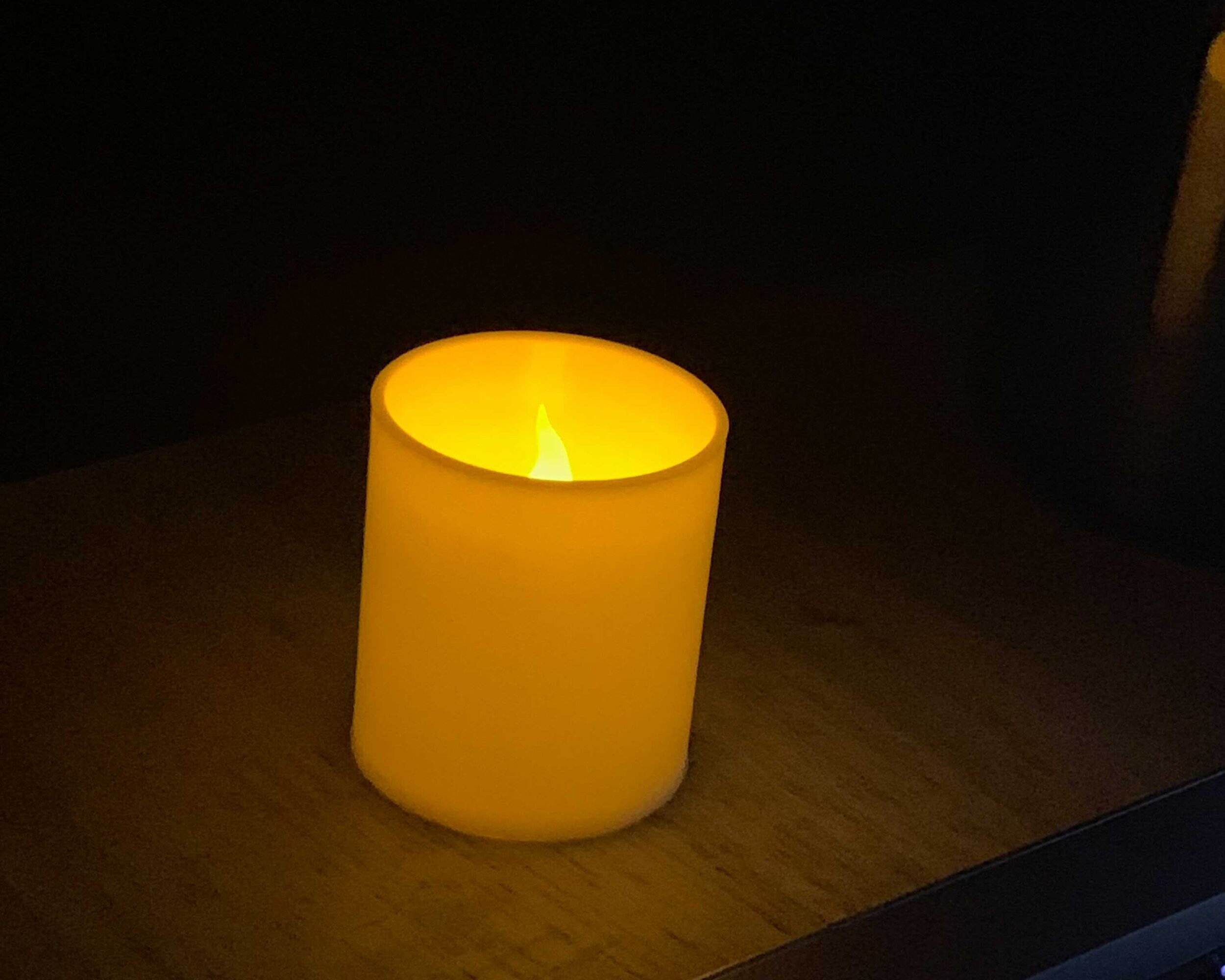Cyber Shadow, or Back to the Future of Game Feel
Blake Reno, Contributing Editor
One only needs to play Cyber Shadow for a minute to understand why Yacht Club Games (the developers of Kickstarter darling Shovel Knight) published it. Cyber Shadow isn’t merely going for a retro aesthetic, it’s attempting to recreate a game from the late 1980s with all of the technological advancements of contemporary systems.
While that may seem like a paradox, we only need to consider how retro games often feel to understand what Cyber Shadow does to fix that feel. For comparison’s sake, after about an hour of playing Cyber Shadow, I booted up Castlevania (one of developer MekaSkull’s noted inspirations for the game). Everything in that game feels heavy. From the swinging of the whip, to moving (especially on stairs), to jumping, it feels like you’re trudging through molasses. This heaviness also evokes my memories of other NES games, such as Metroid, and the feeling that their unresponsiveness was often to blame for my dying. Even basic things like jumping up a column of platforms can be a chore in Metroid because of seemingly slow to respond controls, as well as the leaden feeling that Samus has.
Cyber Shadow fixes the feel of the gameplay while still offering a package that hearkens back to those days. I personally haven’t played a Ninja Gaiden game, but I have played other side-scrolling series from that era such as the aforementioned Castlevania and Metroid, as well as Mega Man. When you play Cyber Shadow, it reduces your modern controller to an NES controller: the only inputs are for moving, jumping, and the striking with your sword. All the abilities you gain in the early game are performed with a directional input and the attack button. Even the instruction manual on the game’s website suggests that one should be playing Cyber Shadow with an NES controller:
The clunkiness of having more complicated moves assigned to multiple inputs within the basic control scheme certainly illustrates the game’s desire to adhere to the controllers of yesteryear. For example, I’ve accidentally thrown shuriken, wasting SP, when I was just trying to jump. But such a common occurrence in my playthrough demonstrates how responsive the controls are: the controller and hardware are reading my inputs better than I’m able to even execute them.
There’s a certain responsiveness that Cyber Shadow has in its controls that the NES games it is attempting to emulate lacked. In NES games, each action felt so deliberate: you had to absolutely will your sprite to do what you wanted it to do when you wanted because of slow animation speeds and having to wait for animations to finish before the game would register additional inputs. This is especially true with jumping during platforming sections in many side-scrolling games.
Cyber Shadow puts you in all sorts of classic NES action game situations: you’re going down a hallway and two enemies charge at you from off-screen, while you’re trying to jump gaps in the floor and dodge a flying enemy. We all know where this situation ends: you get hit by one of the sixty things on the screen, your character recoils and gets knocked backwards into a pit, instantly killing you. This situation will happen in Cyber Shadow, just as it does in NES games, but whereas I can blame NES games for unresponsive controls or lack of detectible enemy patterns, Cyber Shadow feels great enough to play that you know it’s on you when you die. As much as people like to bang the drum about FromSoftware’s games having a sense of retro difficulty where one just needs to “git gud” (everything that happens in the game is attributable to the player, not the game), I’ve played enough Dark Souls to know that goofy nonsense things can happen in that game (both to your benefit and detriment).
Cyber Shadow doesn’t fix what isn’t broken. The pixel art is gorgeous without fudging on remaining 8-bit, a sure point of emphasis in trying to update something like Ninja Gaiden. I also find myself enjoying the variety of environments I’ve wandered through, all of which supposedly belong to a singular city that’s been taken over by a scientist and his army of robots. The story is a bit sparse at the beginning, which is great. There are bits and pieces of narrative conveyed to Shadow by non-player characters, but there are also bodies whose essence Shadow can read and computer terminals that give you clues about what happened to Mekacity before the game begins.
I think the best part about Cyber Shadow so far is how the game’s story serves as meta-commentary on why MekaSkull might have decided now was the time to make this game. We just witnessed the launch of the next generation of systems: everyone is excited for their console games to have raytracing and to look more realistic than ever before. That attitude of technological progress for its own sake is represented by the army of robots that have taken over Mekacity, a city already run by machines. So to combat the hordes created by technology, MekaSkull gives us a ninja. He’s not a character with the latest technology, he’s just a robot with a sword, but one so refined in his ability to use said sword, that he’s able to make supposedly more advanced robots look silly in comparison. To me, this is MekaSkull telling us that all the technological power in the world doesn’t mean a thing when it comes to game design, unless it just works. That’s how I feel about Cyber Shadow. Instead of feeling the need to constantly push things blindly forward, it’s saying that sometimes we just need to refine what we had before to make it even better for the player. In this age of teraflops, it might be worth worrying less about how a game looks and more about how it feels to play.







